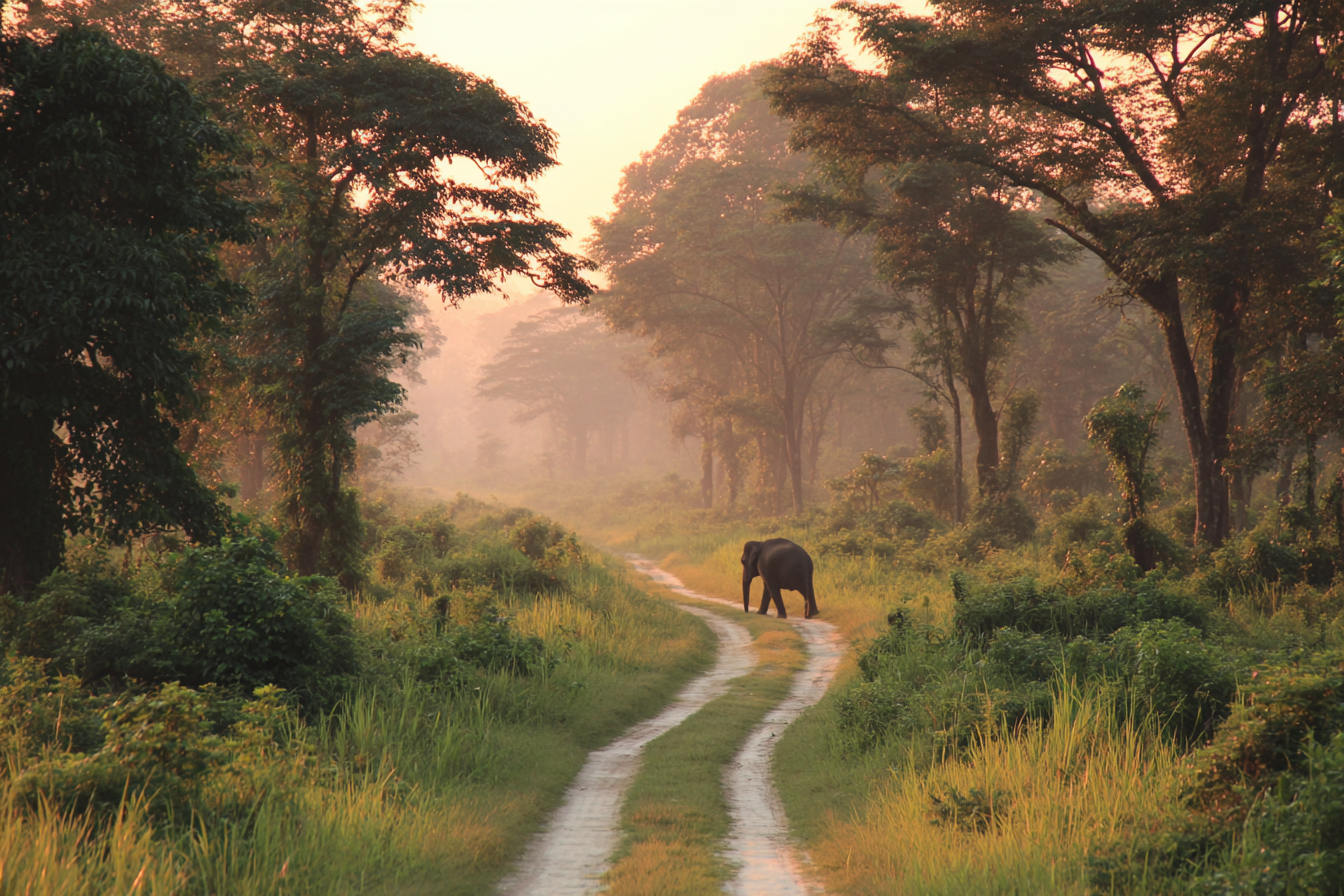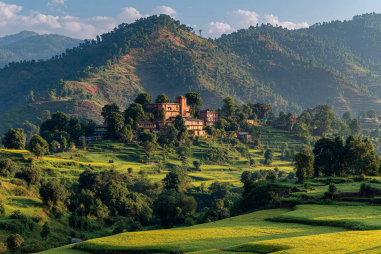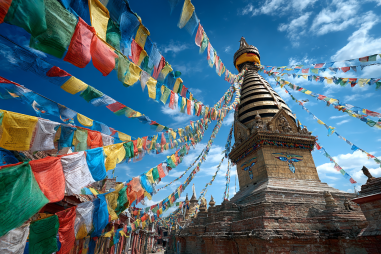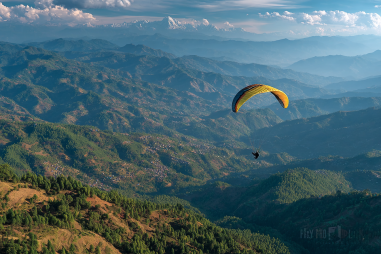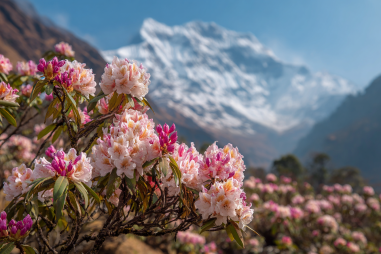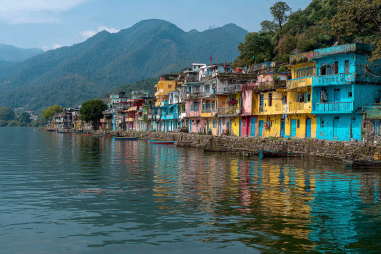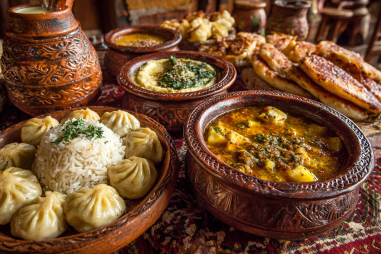Planning a trip to Chitwan National Park? Nestled in the subtropical lowlands of southern Nepal, this park is a treasure trove of biodiversity and a haven for wildlife enthusiasts. Whether you’re eager to spot elusive one-horned rhinoceroses, enjoy birdwatching, or immerse yourself in the local Tharu culture, this travel guide will help first-time visitors navigate their journey with ease. From transportation tips to accommodation, best safari activities, and essential travel advice, here’s everything you need to make your Chitwan adventure truly unforgettable.
Overview of Chitwan National Park
Chitwan National Park, established in 1973 and Nepal’s first national park, is a UNESCO World Heritage Site spanning over 932 square kilometers. It lies in the subtropical inner Terai lowlands of Nepal and is renowned for its diverse ecosystems, including dense sal forests, grasslands, and riverine landscapes. The park is home to an impressive variety of wildlife, such as the iconic Bengal tiger, one-horned rhinoceros, Asian elephant, sloth bear, and over 500 species of birds.
The park plays a pivotal role in conservation efforts and provides vital habitat for endangered species. Its lush jungle and serene rivers also attract nature lovers and photographers from around the world. Beyond wildlife, the area surrounding the park is rich with cultural experiences, especially from the indigenous Tharu people, known for their unique customs and traditional dances.
How to Get There: Transport Options
Reaching Chitwan National Park is relatively straightforward, with several transport options depending on your budget and travel style.
By Air
The quickest way to get to Chitwan is by air. Domestic flights operate between Kathmandu and Bharatpur Airport, which is approximately 20 kilometers from the park. The flight takes about 25-30 minutes, offering stunning aerial views of the foothills. From Bharatpur Airport, you can take a taxi or arrange a transfer to your accommodation or the park entrance.
By Bus
For budget travelers, buses run regularly from Kathmandu and Pokhara to the nearby town of Sauraha, a popular gateway to the park. The journey from Kathmandu typically takes around 5-6 hours, while from Pokhara it takes about 3-4 hours. Tourist buses offer a comfortable option with fewer stops, while local buses are cheaper but slower and more crowded.
Private Car or Jeep
Hiring a private car or jeep is a convenient option for groups or travelers seeking flexibility. This method allows for stops along the way and door-to-door service. The drive from Kathmandu to Chitwan takes roughly 4-5 hours via the Prithvi Highway. Travelers can enjoy scenic views of the Trishuli River and Nepal’s rich countryside on the journey.
Tips for Getting There
- Book flights and buses in advance during peak tourist seasons (October to March).
- Road conditions can vary, especially during the monsoon season (June to September); plan accordingly.
- If traveling by road, opting for early morning departures can help you avoid traffic and arrive with ample daylight.
Accommodation Choices Near the Park
Chitwan offers a wide range of accommodation options catering to different preferences and budgets, from rustic lodges to luxury resorts.
Sauraha: The Hub for Visitors
The majority of tourists stay in Sauraha village, located just outside the park’s boundary. Here you’ll find guesthouses, eco-lodges, and mid-range hotels. Many accommodations offer guided tours, jungle safaris, and cultural programs directly from their premises. Cozy lodges like Green Tara Resort and Tiger Tops Jungle Lodge provide a blend of comfort and immersion into the natural surroundings.
Luxury Resorts
For those looking for pampering and exclusivity, resorts such as Barahi Jungle Lodge and Chitwan Adventure Resort provide high-end amenities, spa facilities, and gourmet dining experiences, often combined with expert-led safaris and wildlife excursions.
Budget Hostels and Homestays
Budget travelers can opt for simple hostels or homestays in Sauraha, which offer a chance to connect with local families and enjoy authentic Tharu hospitality. These options are ideal for backpackers and those wanting a more community-centric experience.
Tips for Accommodation
- Book in advance during the high season to secure your preferred lodging.
- Many hotels offer package deals that include safari tours and meals.
- Consider staying inside the buffer zone for a quieter, more nature-integrated stay.
Best Activities: Safari, Bird Watching, Village Tours
Chitwan’s diverse landscape presents a plethora of activities that allow visitors to get close to nature and culture.
Jungle Safari
The safari experience is the highlight for many visitors. You can choose between:
- Jeep Safari: A guided ride through the park’s rugged terrain, offering the chance to spot rhinos, deer, and maybe even tigers. It is a safe and comfortable option for those with limited mobility.
- Elephant Safari: Riding an elephant through the dense jungle allows you to get nearer to wildlife quietly and without disturbing their habitat.
- Canoe Ride: A serene boat trip on the Rapti or Narayani River offers sightings of aquatic birds, crocodiles, and river dolphins.
Bird Watching
With over 500 species, Chitwan is a bird watcher’s paradise. Early morning bird walks guided by experts can reveal colorful species like the endangered Bengal florican, kingfishers, and hornbills.
Tharu Village Tours
Experience local culture by visiting nearby Tharu villages. You can learn about their traditional farming techniques, cuisine, and handcrafted arts. Many tours include dance performances and homestay options, adding depth to your cultural understanding.
Nature Walks and Photography
Guided nature walks through grasslands and forests offer a peaceful way to spot smaller animals and medicinal plants, ideal for hikers and photographers.
Park Rules and Conservation Efforts
Chitwan National Park is a protected area, and visitors are expected to respect its rules to help preserve this unique ecosystem.
- Entry into the park requires a permit, which can be obtained at official checkpoints or through tour operators.
- Visitors must not feed, tease, or approach wildlife closely to avoid disturbing their natural behaviors.
- Littering and smoking inside the park are strictly prohibited to prevent forest fires and pollution.
- Sticking to designated trails during safaris helps protect fragile habitats.
Local and international conservation organizations collaborate to safeguard endangered species, with efforts focusing on rhino and tiger protection. Responsible tourism is encouraged, and many lodges support community-based conservation projects that directly benefit park sustainability.
Travel Tips and Safety
To ensure a smooth and enjoyable trip to Chitwan National Park, keep these handy tips in mind:
- Health Precautions: Carry insect repellent and anti-malarial medication as mosquitoes can be present, especially in the monsoon season. Drink bottled water to avoid waterborne illnesses.
- Clothing: Wear light, breathable, and neutral-colored clothes to blend into the environment and avoid attracting insects.
- Guides: Always hire a certified local guide for safaris and village tours to ensure safety and enrich your experience with expert knowledge.
- Wildlife Safety: Maintain a safe distance from animals and do not make loud noises during wildlife spotting to avoid startling them.
- Currency and Payments: Cash (Nepalese Rupees) is preferred in Sauraha; ATMs are limited, so carry sufficient money.
- Timing: The best time to visit is during the dry, cool months from October to March. Avoid the heavy monsoon period when trails may be slippery or closed.
Final Thoughts to Keep in Mind
Chitwan National Park offers a captivating combination of adventure, wildlife sightings, and cultural encounters that make it a must-see destination for any nature lover visiting Nepal. By planning your trip carefully, respecting local rules, and choosing the right activities, you can enjoy an enriching experience that supports conservation and local communities.
Whether marveling at the strength of a one-horned rhino, listening to the calls of tropical birds, or dancing to traditional Tharu rhythms, your journey to Chitwan will leave you with lasting memories and a deeper appreciation for Nepal’s natural heritage.

